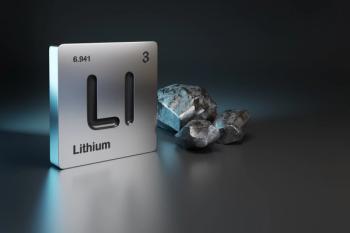
New Research Indicates Use for Suicide Early Assessment for Ages 5 to 10
Key Takeaways
- Assessing suicidal thoughts in children aged 5 to 10 is feasible and safe, with no harmful effects observed.
- A significant percentage of children self-reported passive (34%) and active (33%) suicidal ideation, with caregivers reporting similar findings.
Research findings demonstrated that inquiring about suicidal thoughts and behaviors in children 5 to 10 years old is possible and safe. Early assessment of thoughts of self-injury and suicide in children was found productive to identify these behaviors.1
Participants completed assessments on suicidal thoughts and behaviors during in-home visits. The Suicidal Ideation Questionnaire-Junior (assessment of frequency of thoughts of death and suicide in the past 30 days) and the Self-Injurious Thoughts and Behaviors Interview-2 (assessment of lifetime history of suicidal ideation, suicide attempts, and self-injury) were administered to both child participants and their caregivers. Caregivers were separately asked to report about the child’s experience. A 1-week follow-up was conducted to assess potential iatrogenic effects of assessment.
The study, which included 98 children aged 5 to 10 and their caregivers, were recruited from a larger study on childhood aversity and psychopathology risk in which they were screened for potential exposure to adversity (ie, exposure to violence, abuse, or neglect).2 The participant group mean age was 7.53, was 50% assigned female at birth, and 52% non-white.
From the data collected, 34% of children self-reported passive suicidal ideation, and 33% reported active suicidal ideation. Of caregivers, 31% reported passive suicidal ideation in their child, and 14% reported active suicidal ideation in their child. Two caregivers reported that their child had made a suicide plan, 5 children reported a suicide plan, and 1 child reported they had made a suicide attempt.
During administration, no children experienced such distress requiring modification of the assessment (eg, stopping the assessment). The 1-week follow-up determined no concerning iatrogenic effects of administering the assessment. There were no harmful effects in administering the assessment. Though some children showed curiosity or mild transient behavior changes, there was no lasting distress. Researchers also found that some families may need assessment administrator to help mitigate discomfort around suicidal thoughts and behaviors in children.
“This points to the need for caregivers and clinicians to be alert to the possibility that children may experience suicidal thoughts,” said Adam Bryant Miller, PhD, associate director of the Child and Adolescent Mood and Anxiety Disorders Program, of the study in a press release. “The good news is that many studies show early intervention for mental health problems is more effective than waiting until later. We’re hopeful that these findings, along with our ongoing research, will help us develop even more effective ways to assess suicidal thoughts and behaviors in children and preteens.”
These findings indicate a space for future research into how suicidal thoughts and behaviors can affect children of a young age, particularly those exposed to early adversity. Investigators noted they are currently working on larger studies on suicidal thoughts and behaviors in children of different age ranges.
References
1. UNC research uncovers ways to address early suicidal thoughts in children. Press release. October 13, 2025. Accessed October 14, 2025.
2. Miller AB, Sheridan MA, Pelletier-Baldelli A, et al.
Newsletter
Receive trusted psychiatric news, expert analysis, and clinical insights — subscribe today to support your practice and your patients.















